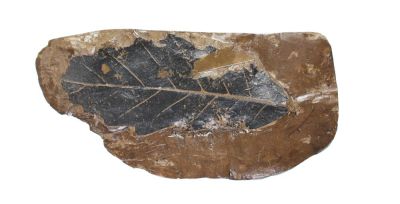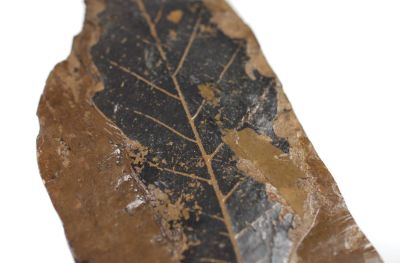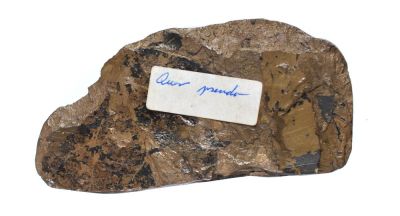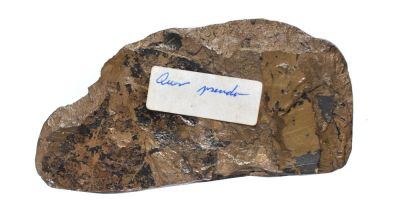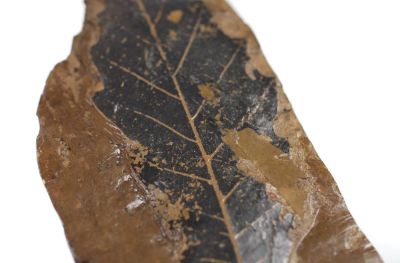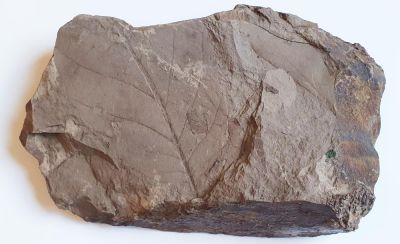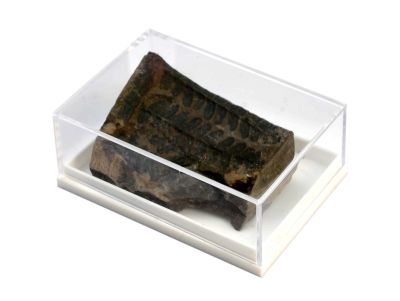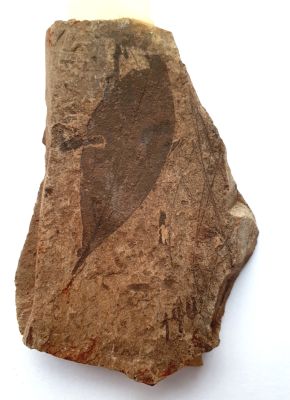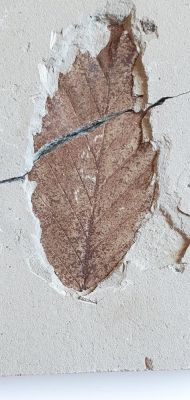Leaf: Quercus, GER
Product number:
F880405
Product information "Leaf: Quercus, GER"
Leaf from the former Frechen opencast mine.
Age: Upper Miocene, Inden Formation, Fischbach Clay, horizon 7A;
Locality: Frechen, North Rhine-Westphalia, Germany
Size: leaf: 3 x 7,5 cm; slab: 5 x 10 cm
The colors on the photo may differ slightly from the original.
Login

